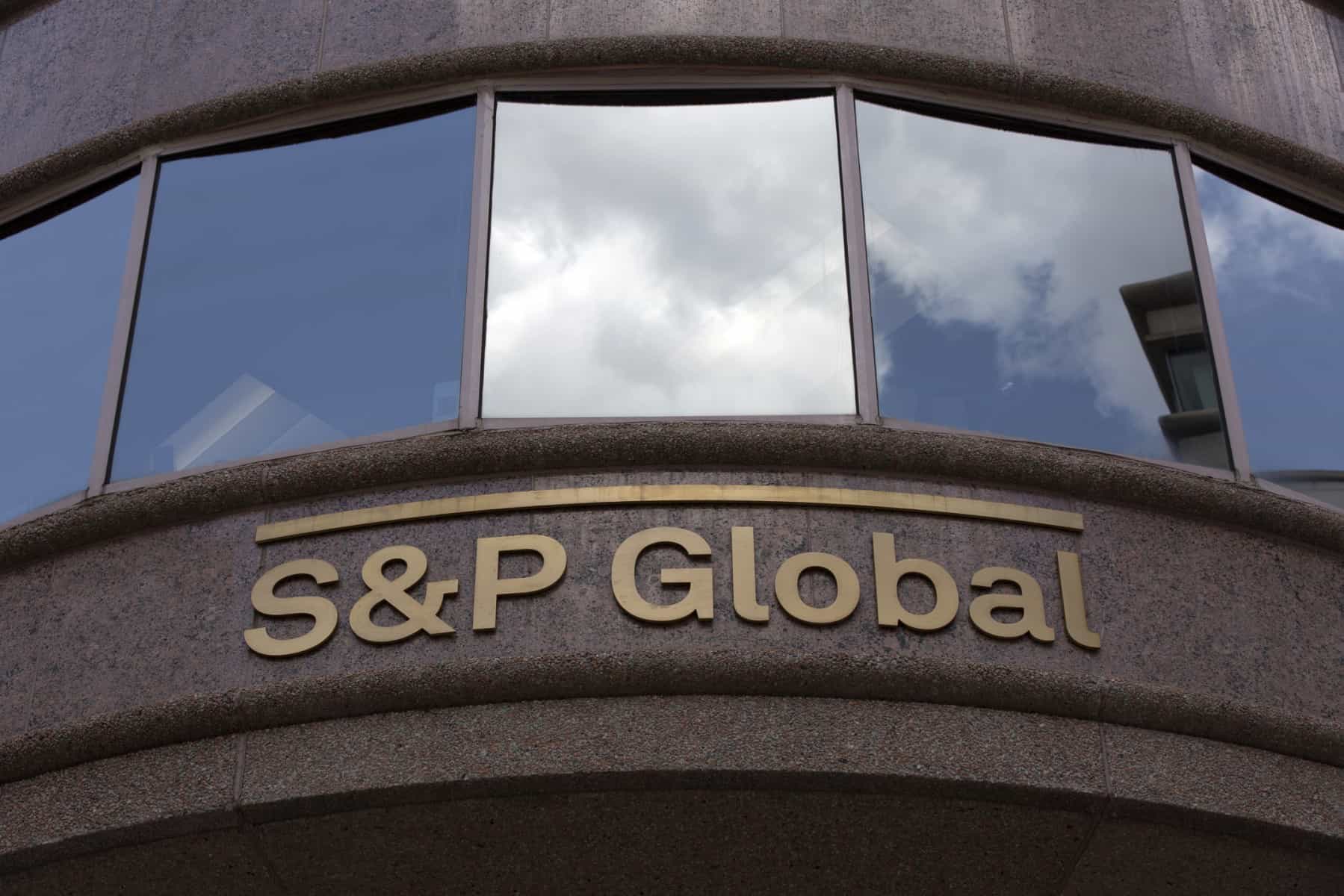Abu Dhabi, UAE–Despite geopolitical uncertainties and potential economic headwinds, S&P Global expects GCC banks to maintain their well-capitalised, profitable, and liquid status.
S&P Global‘s ‘GCC Banking Sector Outlook 2024’ reveals a challenging yet optimistic perspective.
The ratings agency anticipates overall stability in key metrics for GCC banks in 2024. Credit growth and profitability are expected to remain robust, with the UAE and Saudi banking systems leading the region.
Overall, it expects banks across the GCC to deliver strong return on assets supported by the robust macroeconomic environment.
“Non-oil growth should remain particularly dynamic in Saudi Arabia and the UAE,” said Benjamin Young, an analyst at S&P.
“The economic environment will support credit demand and credit growth … This will support their profitability.”
Banks in the six-member bloc are benefitting from continued economic growth momentum despite global headwinds and geopolitical uncertainties.
However, potential risks, including geopolitical tensions and real estate exposure, remain.
Moreover, SP expects non-oil growth to remain dynamic in Saudi Arabia and the UAE.
Meanwhile, high interest rates are anticipated to persist with a 1 percent decrease by year-end mirroring the U.S. Federal Reserve’s trajectory.








